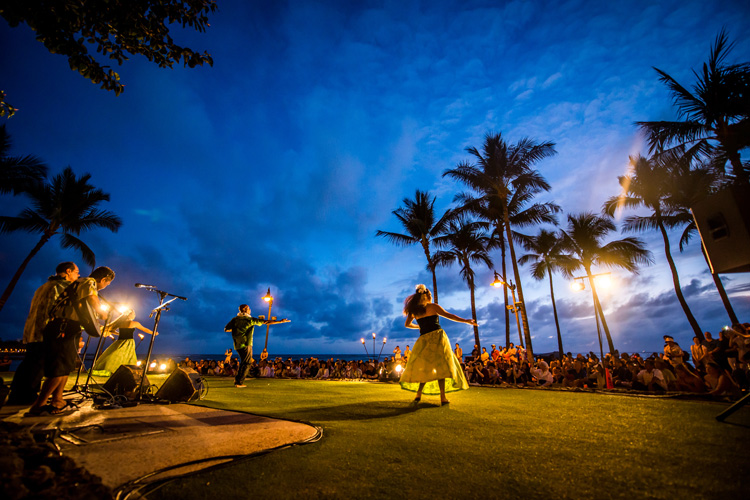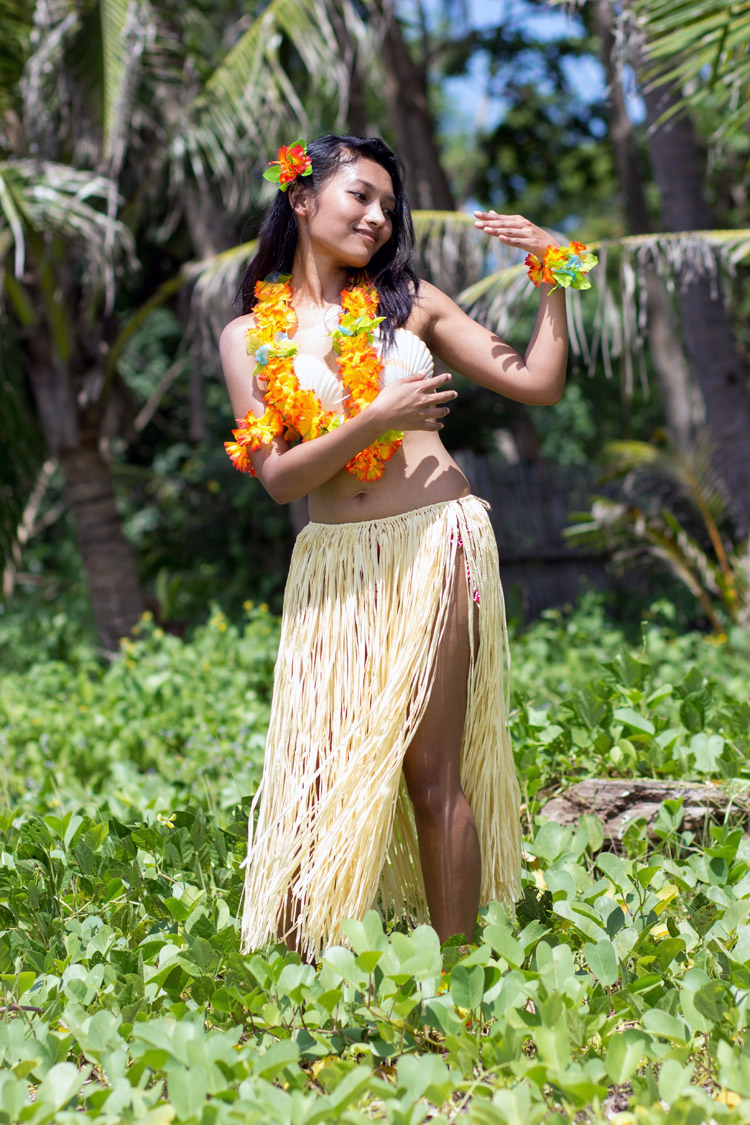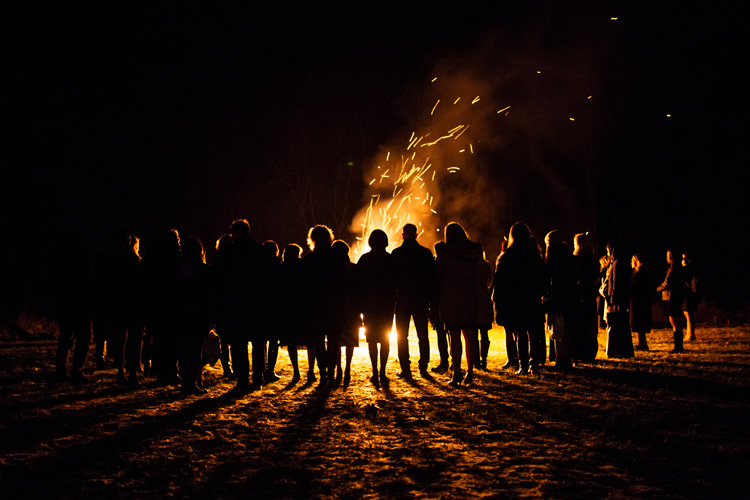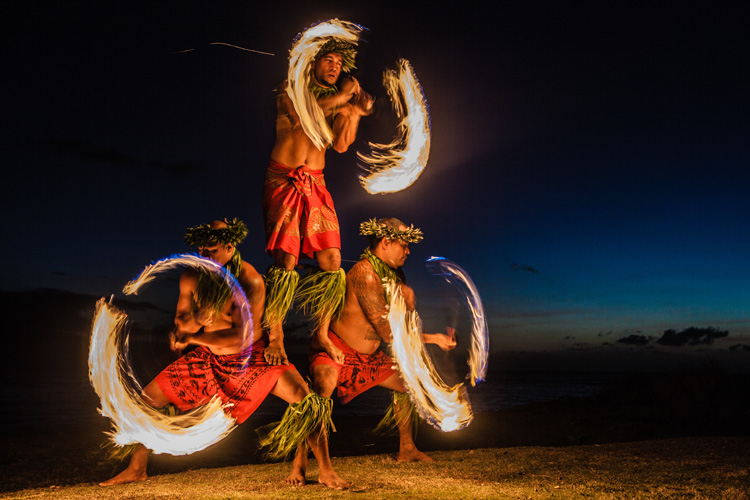A luau is a traditional Hawaiian and Polynesian celebration, feast, or party featuring entertainment and outdoor activities.
The event involves traditional Hawaiian cuisine - including pig, salmon, taro corms, and coconut milk-based dessert - arts and crafts demonstrations, traditional games, and live music.
As a celebration of life, a luau is a unique party that gathers family and friends around several recreations and pastimes.
Luaus have always been a social, cultural, spiritual, and entertainment manifestation in which all guests wear a classic Hawaiian lei.
They have somehow transcended the borders of this Pacific Ocean archipelago and have become an international symbol of friendship, fun, goodwill, and sharing.
You can find a luau near you, especially during summer, almost anywhere in the world.

The Original Hawaiian Party
The word "luau" is a modern adaption of the concept of aha'aina (or pa'ina), meaning "gathering meal."
In ancient Hawaii, royalty used to celebrate the local culture and special occasions by organizing feasts of mea'ai (food), hula (dance), and mele (songs).
In these early 19th-century Hawaiian aha'aina, men and women ate separately, and only Hawaiian chiefs could enjoy particular foods.
So, before the arrival of Protestant missionaries, the word "luau" had a different meaning - it meant "chicken baked in coconut milk with taro," the main dish of these Hawaiian royalty feasts.
However, in 1819, King Kamehameha II put an end to all religious laws and invited women to eat along with the men - the luau parties were born.
Throughout the next 100 years, the term evolved, possibly due to different uses of the word by haole (foreigners).
In 1847, King Kamehameha III hosted one of the largest-ever Hawaiian luaus.
The celebration had 4,000 taro plants, 3,125 saltwater fish, 2,245 coconuts, 1,820 freshwater fish, 482 large gourds filled with poi, and 271 pigs.

Where and Why
You can throw a luau-themed party anywhere, as long as it takes place in an open outdoor space.
It can be held at the beach, at home, in a forest, or in a garden, as a public or private commemoration.
If you received an invitation for a luau, make sure to wear comfortable clothes and footwear like Hawaiian shirts, blouses, shorts, summer pants, and sandals.
There are many reasons why people throw luau parties.
A wedding, the birth of someone's child, a marriage anniversary, or medical recovery are good personal motives.
But a successful business venture, a significant collective achievement, or a good harvest will also be at the center of these laid-back parties.

Have you won a surf contest on the North Shore of Oahu? Why not invite friends and competitors for a luau night with free beers and a spicy Hawaiian barbecue?
Traditionally, the celebration starts with an imu ceremony.
It's the moment when organizers remove the layers of leaves and cloth from the pit oven to expose the cooked pork.
The most popular luau dishes are poi, Kalua pig, chicken long rice, laulau, lomi lomi salmon, haupia, and poke.
Today, the Hawaiian luau is also a visitor attraction. Hotels, cultural centers, beaches, and public areas host regular theme parties across Hawaii.
The Polynesian Cultural Center, Old Lahaina Luau, and the Royal Hawaiian Hotel organize traditional Hawaiian parties with prices ranging from $80 to $120 per adult.
